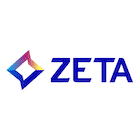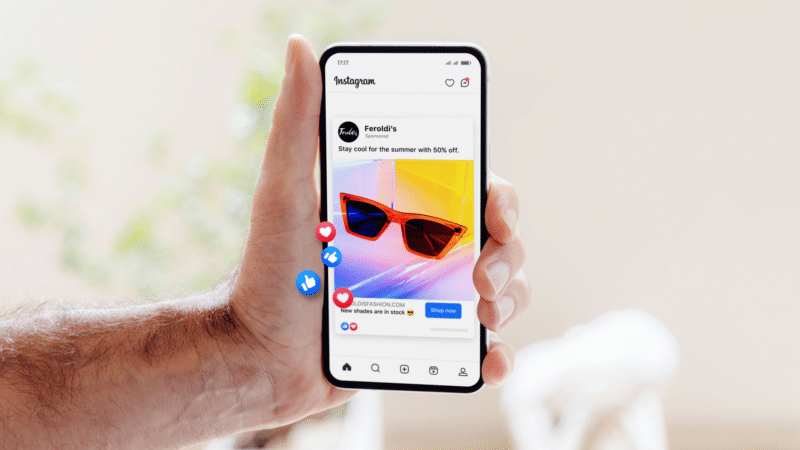As marketers face growing pressure to get the most value from their ad budgets, return on ad spend (ROAS) has become a go-to performance metric. ROAS measures how much revenue is earned for every dollar spent on advertising, providing a simple way to evaluate campaign effectiveness.
While ROAS is a good indicator of short-term profitability, it shouldn’t be the only metric for social media strategies. Brand safety and suitability are just as important, especially on social media. Balancing this trifecta protects your brand’s reputation and supports long-term success in social advertising.
ROAS: A too-good-to-be-true KPI
ROAS is essential for performance-driven marketers, especially in direct-to-consumer (DTC) and ecommerce, where linking ad spend to revenue is key. Major social platforms provide advanced tools for real-time tracking of ROAS, enabling quick campaign adjustments. This is especially useful in the fast-paced, trend-driven world of social media.
However, while top-performing brands see ROAS as high as 5:1 or even 10:1 on Meta and Instagram, these figures don’t tell the whole story. Tracking frameworks within the walled gardens of social media prioritize last-touch attribution.
Fixating on ROAS leads to a narrow focus on short-term gains. High ROAS often comes from targeting existing customers or high-intent audiences, which is effective but overlooks the long-term brand-building needed for lasting growth.
Social media is key at the top of the funnel, driving awareness and engagement. These interactions are crucial for nurturing future conversions but often do not immediately translate into sales. Focusing only on ROAS can cause you to overlook the value of early-stage interactions, which are especially important in industries with long purchase cycles or where brand loyalty matters.
Also, ROAS in social media is a moving target: algorithm changes, increased competition and evolving user behaviors dramatically impact performance. For instance, when iOS 14.5 was released, many advertisers saw their ROAS drop by 15-20% due to changes in tracking capabilities. This volatility underscores the need for a more holistic approach to social media advertising.
Also, when evaluating ROAS, platforms like Meta take undue credit for conversions generated from other media channels, such as linear or connected TV. For this reason, it is important to measure the total ROAS against all media channels, not individually.
Dig deeper: Paid advertising: Tips to boost qualified leads and reduce costs
Campaign performance is only as strong as brand reputation
Another source of volatility in social media is the dominance of unpredictable, ever-changing user-generated content (UGC), making risk-and-reach-the-brand-safety-dilemma/" target="_blank" rel="noopener">brand safety crucial for a successful strategy.
The impact of brand safety on ROAS is profound. If an ad appears alongside harmful or inappropriate content, it can lead to negative associations that erode consumer trust. This erosion decreases conversion rates, reduces customer loyalty and ultimately lowers ROAS. For instance, up to 67% of consumers are less likely to purchase from a brand whose ad appears next to inappropriate or offensive content, per a DoubleVerify study.
To address these challenges, you must implement robust brand safety measures tailored for social media platforms. Use platform-specific tools that offer real-time content filtering, keyword blocking and placement monitoring. Because social media content is created instantly, brand safety measures must be constantly active and adaptable. Establish clear guidelines that define a safe environment for ad placements on each platform.
Dig deeper: Marketers, it’s time to walk the walk on responsible media
Beyond safety: Brand suitability
While brand safety focuses on avoiding harmful content, brand suitability takes things further. It ensures your ads appear in contexts that prevent harm and actively resonate with your brand values and target audience. This concept is especially important in social media, where content varies greatly in tone, style and relevance.
Ads placed in environments relevant to the target audience are more effective at driving engagement, increasing brand loyalty and leading to higher conversion rates. A Nielsen study found that these contextually relevant ads are:
- 67% more effective at enhancing brand recall.
- Up to three times more effective at generating engagement and purchase intent than ads in irrelevant contexts.
This shows that relevance boosts audience engagement, brand loyalty and conversions.
The Global Alliance for Responsible Media (GARM) is instrumental in standardizing this approach. Their Brand Suitability Framework provides a common language for the industry, categorizing content into different risk levels. This allows marketers to fine-tune their strategies beyond simple “safe” or “unsafe” distinctions.
Social media’s algorithmic ad placements require constant monitoring to ensure ads are shown in appropriate contexts. Although this can be costly, the long-term benefits of brand suitability, such as stronger customer relationships and higher customer lifetime value (CLV), outweigh the upfront costs.
Balancing the trifecta
Mastering the balance of ROAS, brand safety and brand suitability requires advanced technology. Third-party verification partners like IAS utilize machine learning to analyze large volumes of content in real-time, making quick decisions about ad placements that meet safety and suitability standards.
However, success also depends on a proactive and strategic marketing team. Regular audits and continuous monitoring of ad placements are essential. To understand campaign success, consider metrics beyond ROAS, such as brand lift studies, sentiment analysis and customer lifetime value (CLV).
While ROAS is a vital metric in social media advertising, it cannot be the sole focus. Integrating brand safety and suitability into your strategies lets you protect your brand’s reputation, optimize financial returns and build long-term brand equity. This balanced approach is crucial for achieving lasting success in the dynamic landscape of social media.
The post How to balance ROAS, brand safety and suitability in social media advertising appeared first on MarTech.









